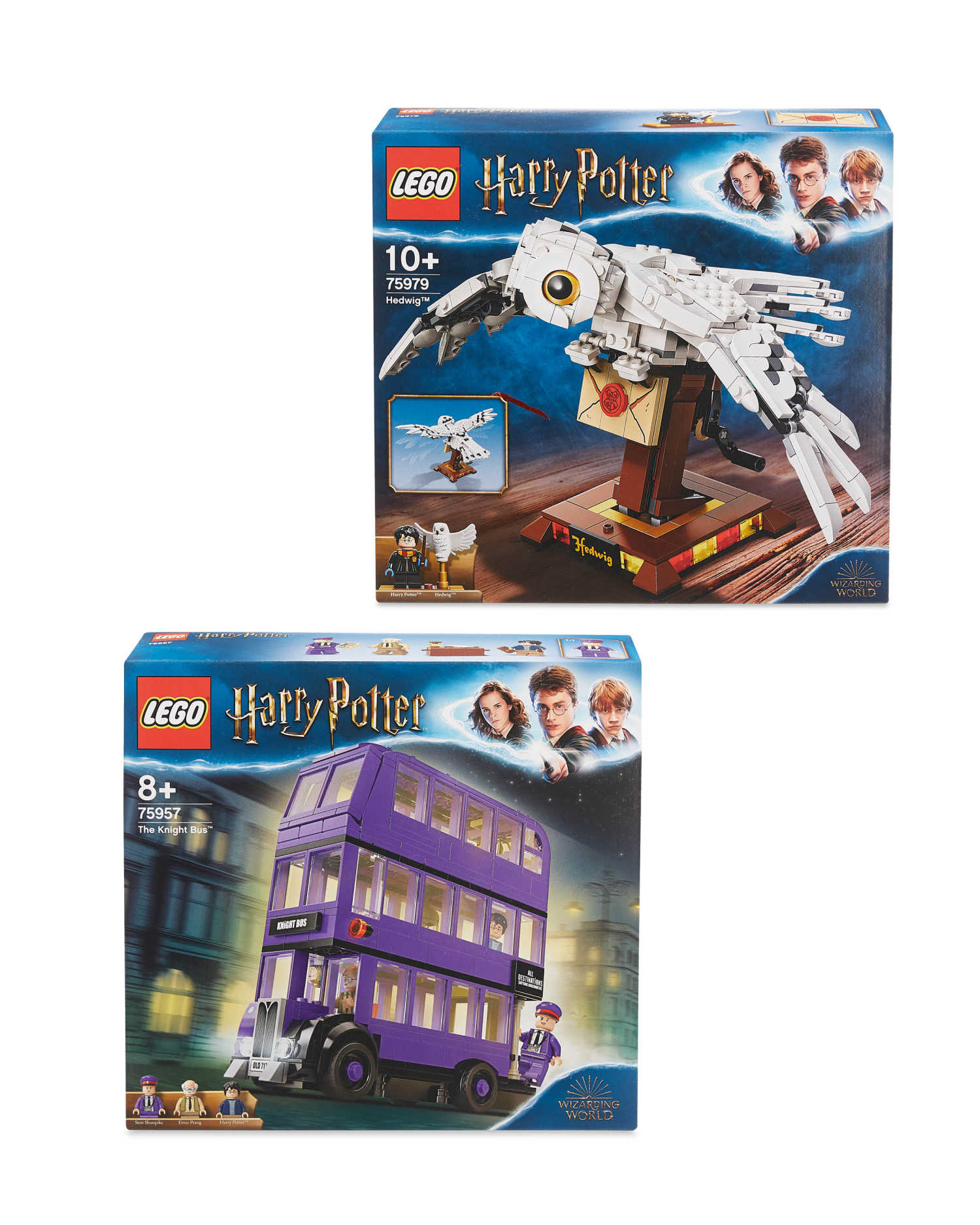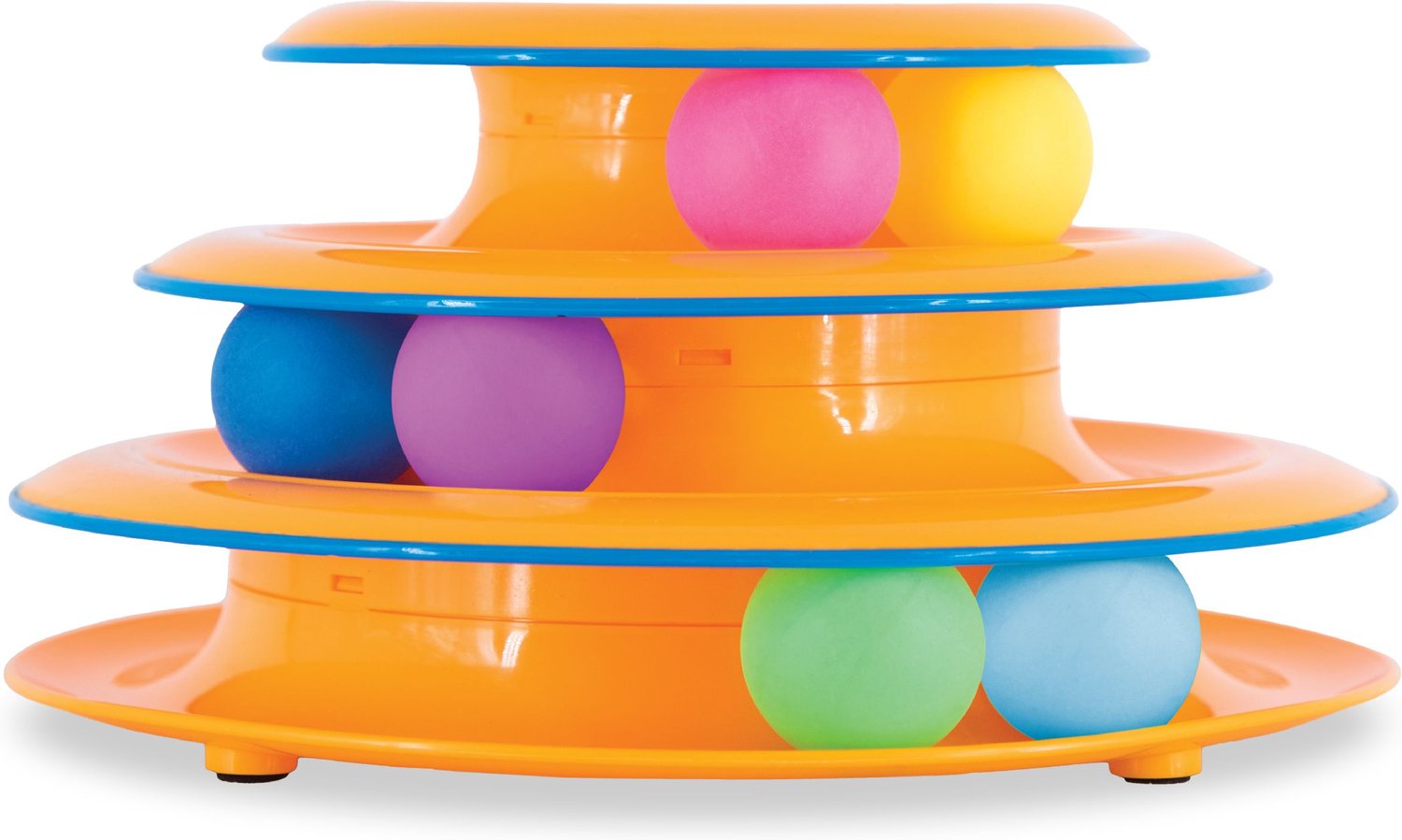LEGO Hedwig & Knight Bus – 000000478663300 – Aldi UK
Captures the magical personality and elegant movement of Hedwig™. Wingspan of over 34cm (approx.). Model is displayed in flight, delivering Harry’s invitation to join Hogwarts™. Turn the handle at the rear and the jointed wings move gracefully up and down.
Help recreate iconic scenes from Harry Potter with this LEGO Hedwig & Knight Bus. Including the famous purple triple-decker bus that transports wizards and witches to their desired location. Featuring hinged side, removable roof and figures of your favourite characters. Capture the magical and elegant movement of the LEGO Hedwig. With an amazing wingspan of 34cm in full flight, take your time building this intricate 630 piece LEGO owl. With the pair you can experience the magic of Harry Potter from the comfort of your own home.
| Contents: |
|
| Features: |
|
Additional information
| Dimensions | 28.2 x 7.6 x 26.2cm each (approx.) |
|---|---|
| Pack Size | Hedwig: 630, Knight bus: 403 |






Reviews
There are no reviews yet.